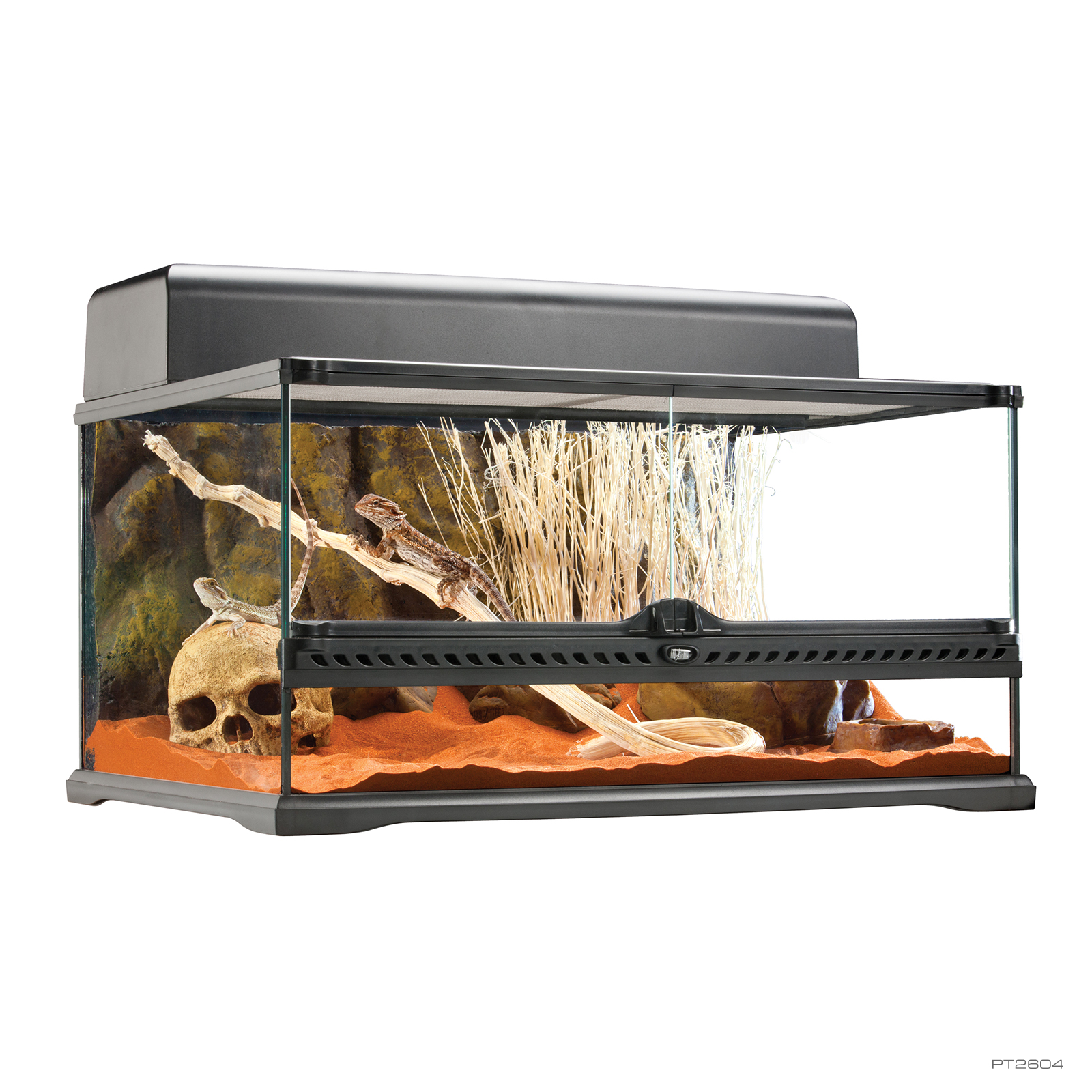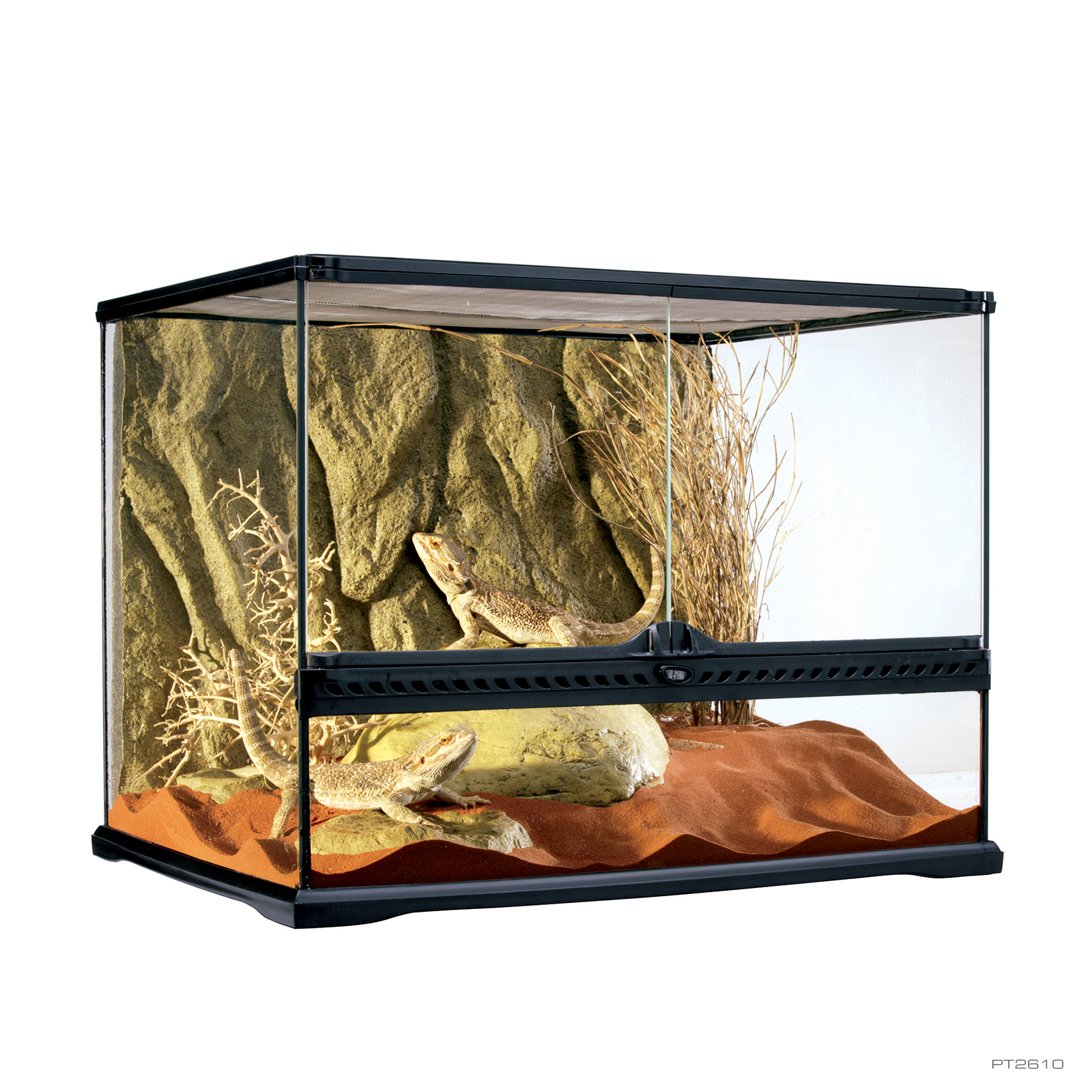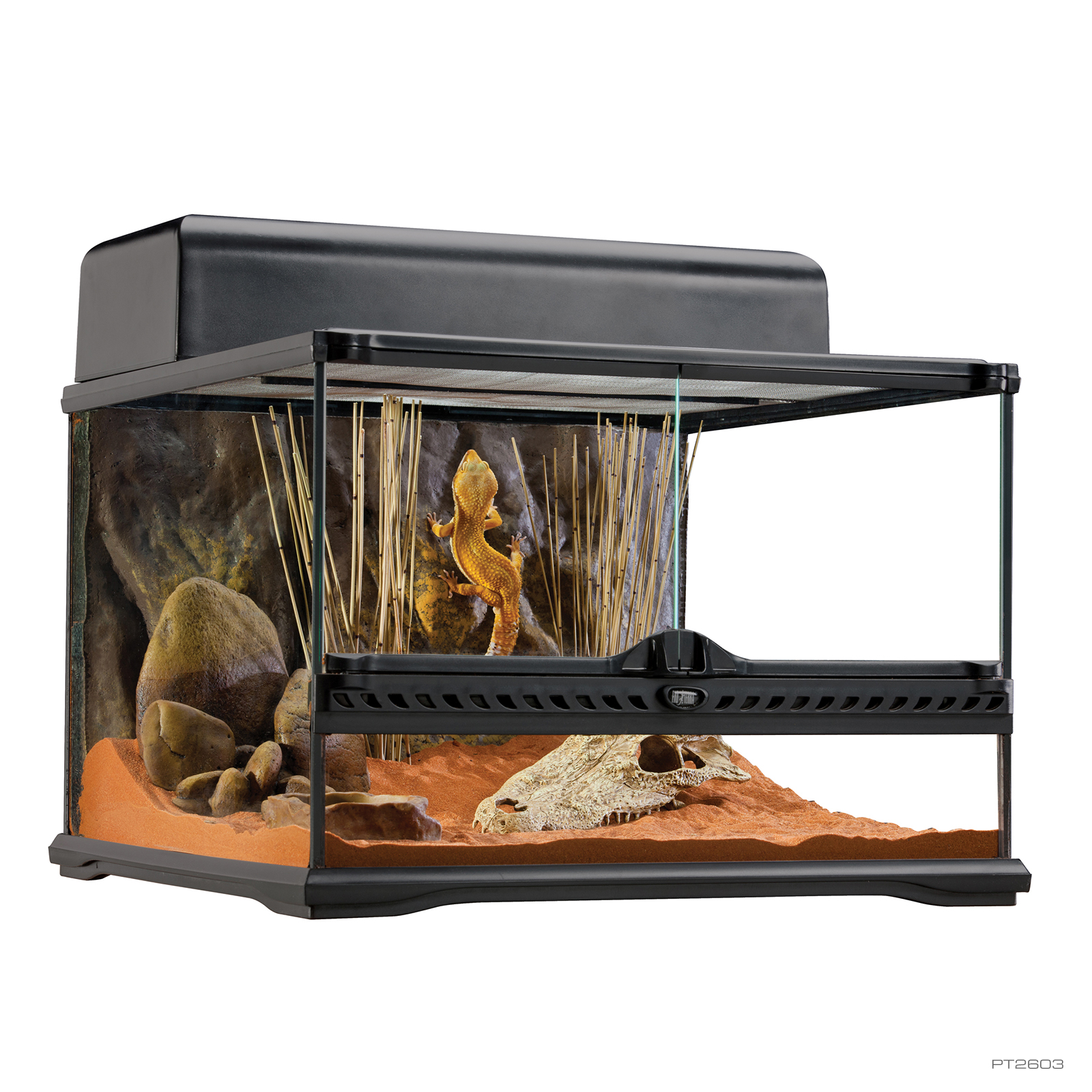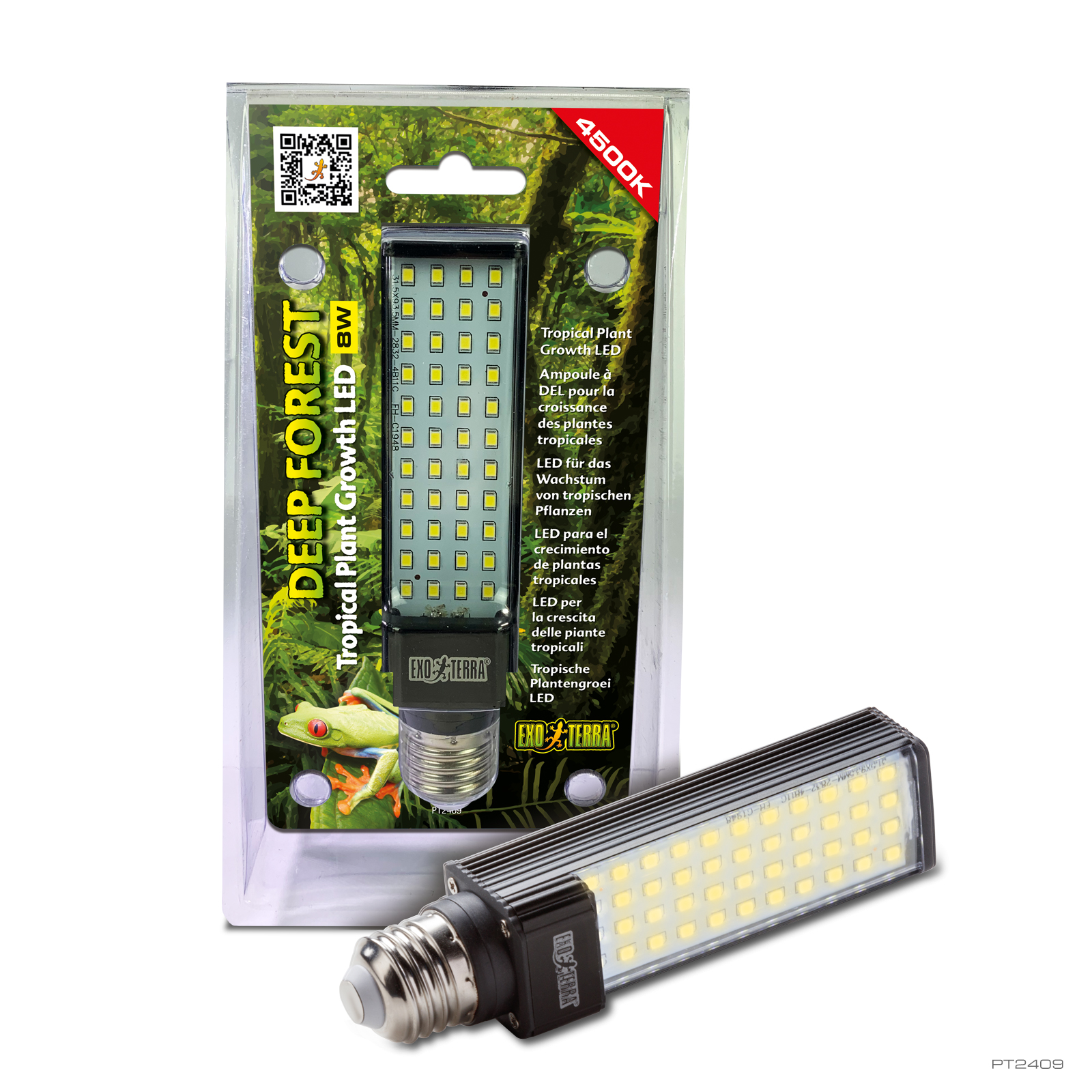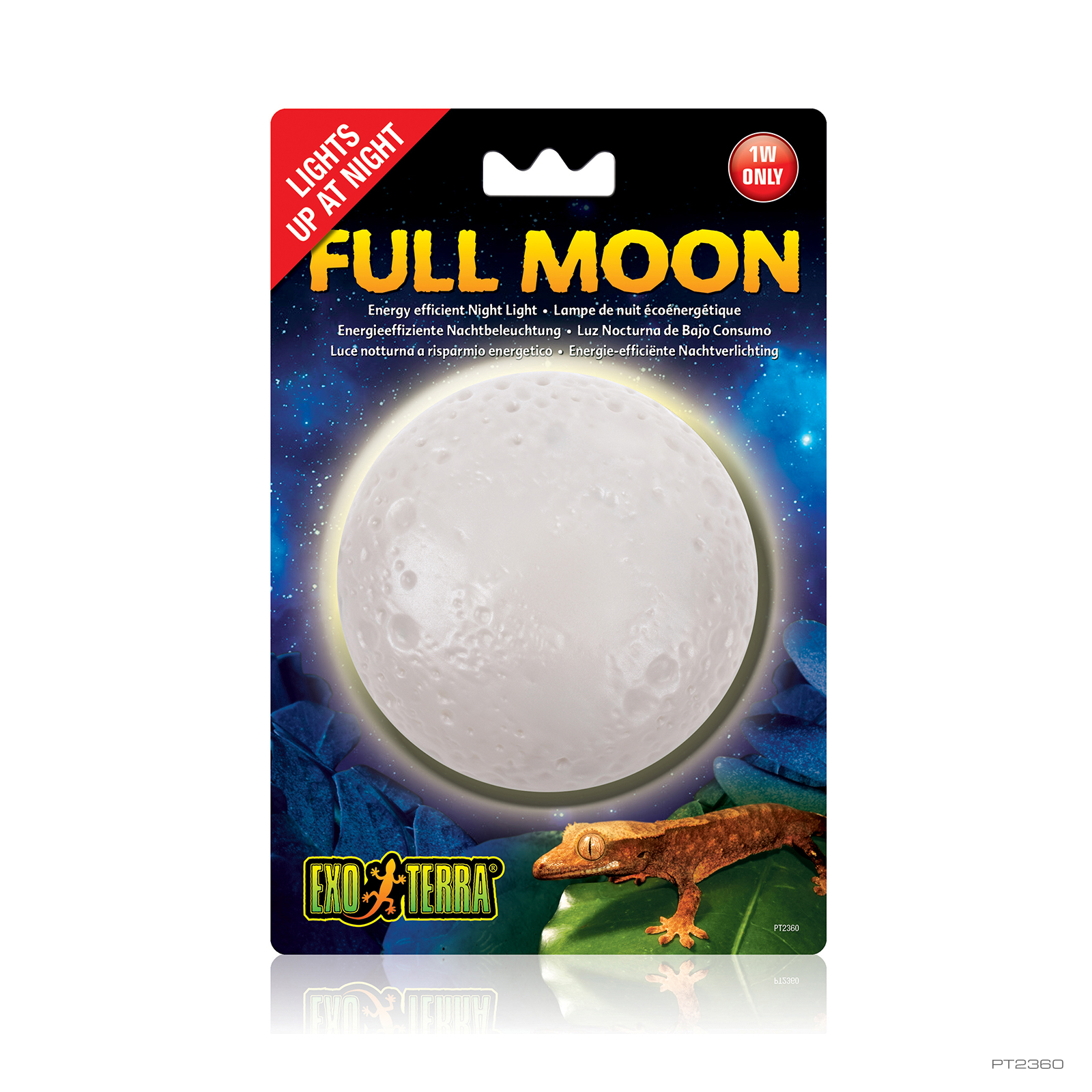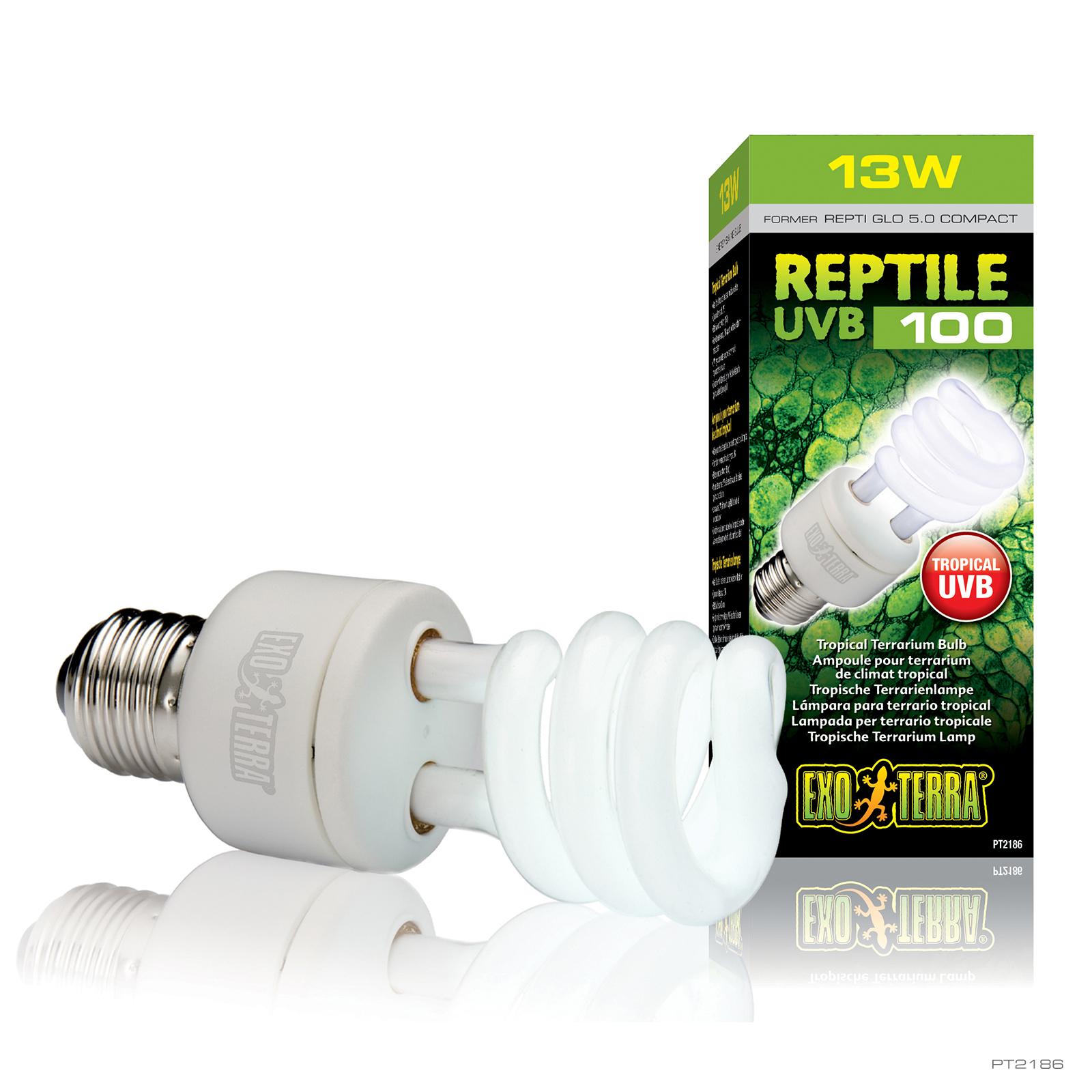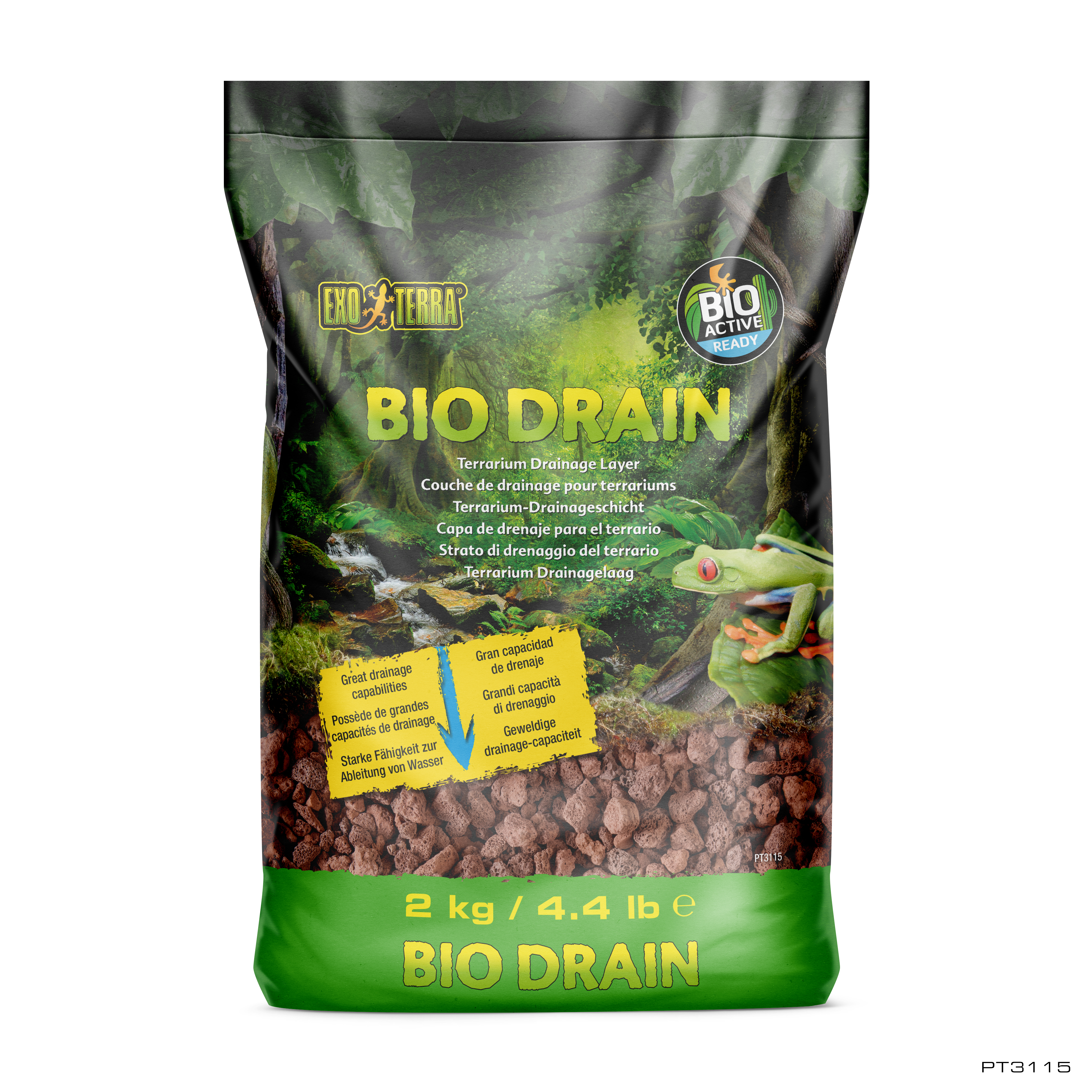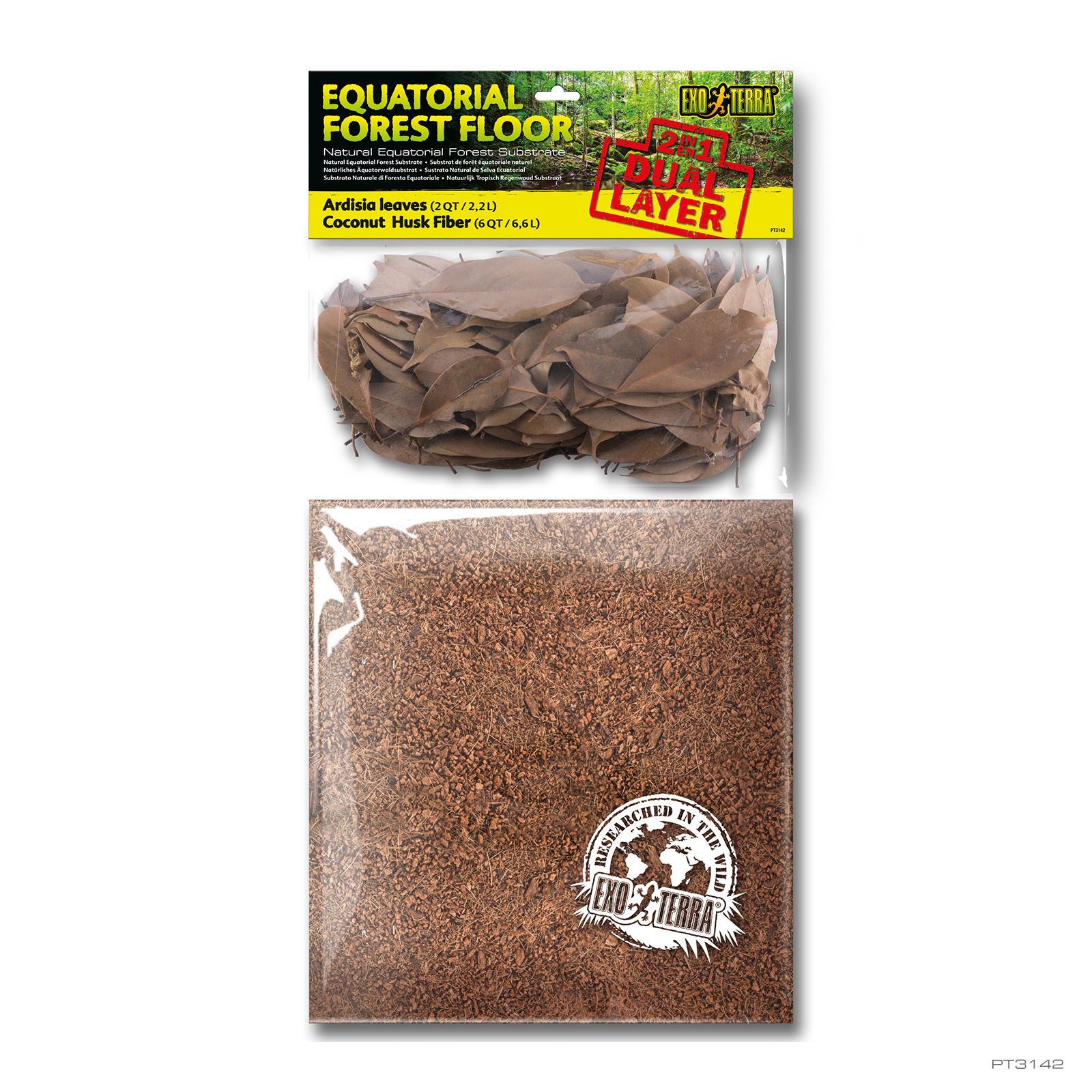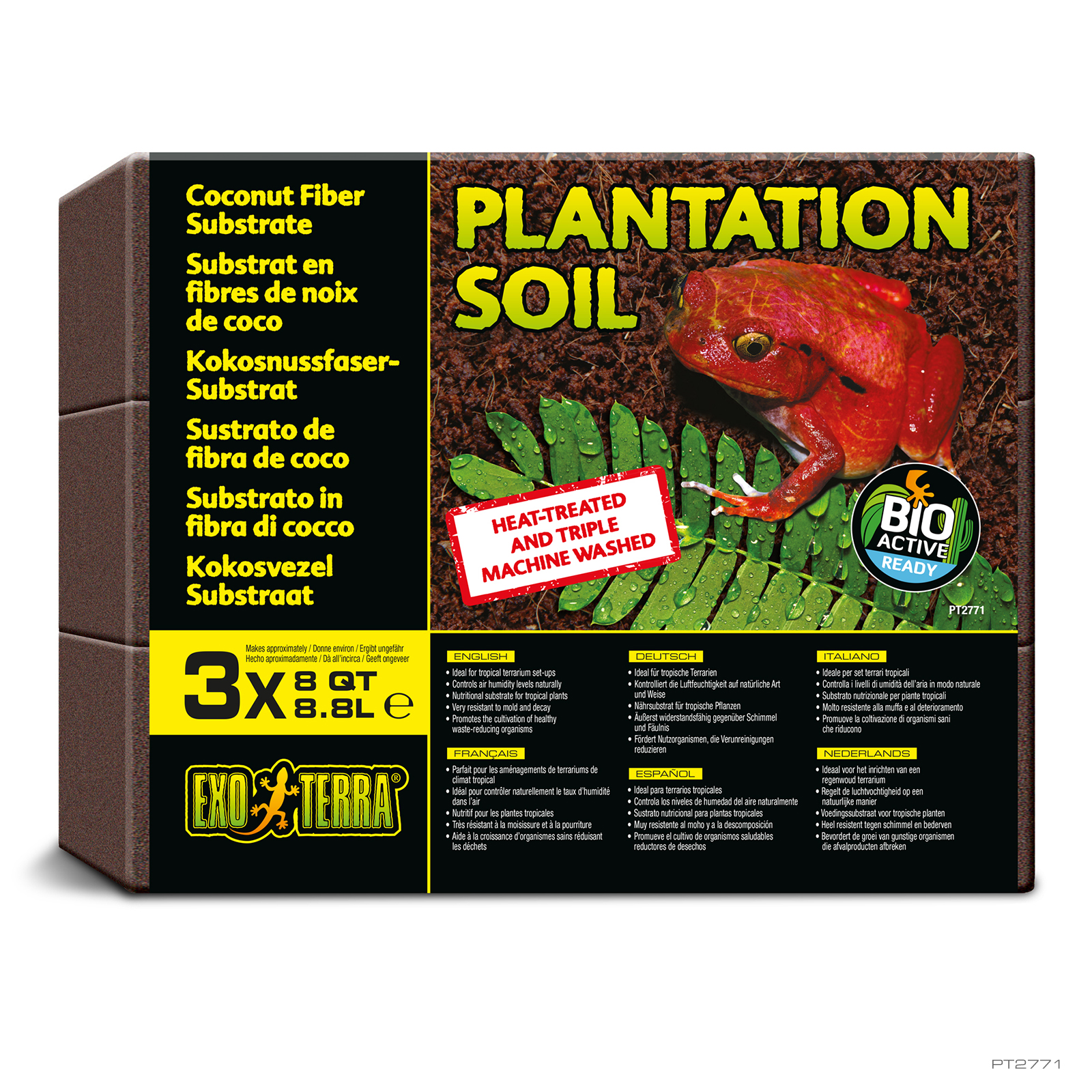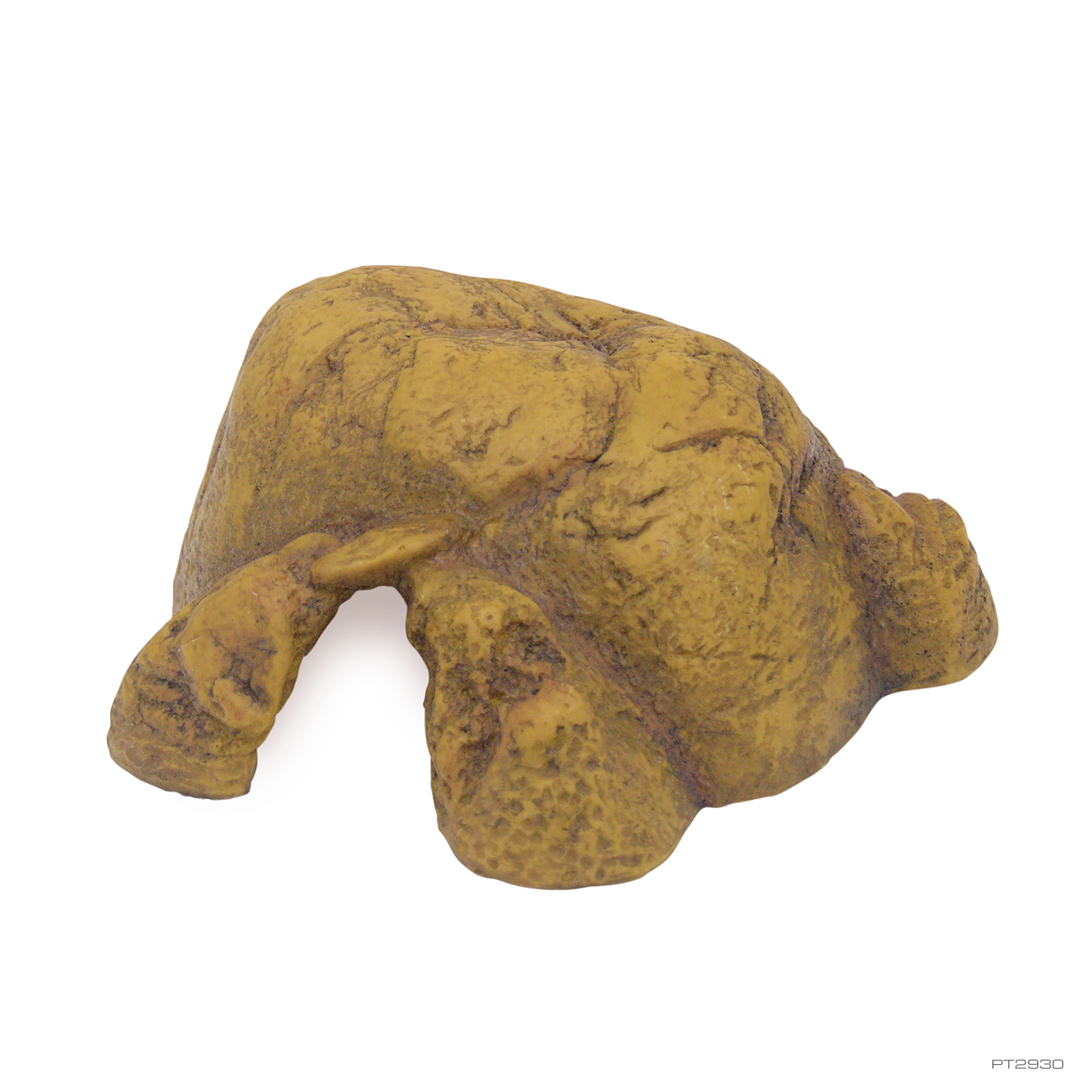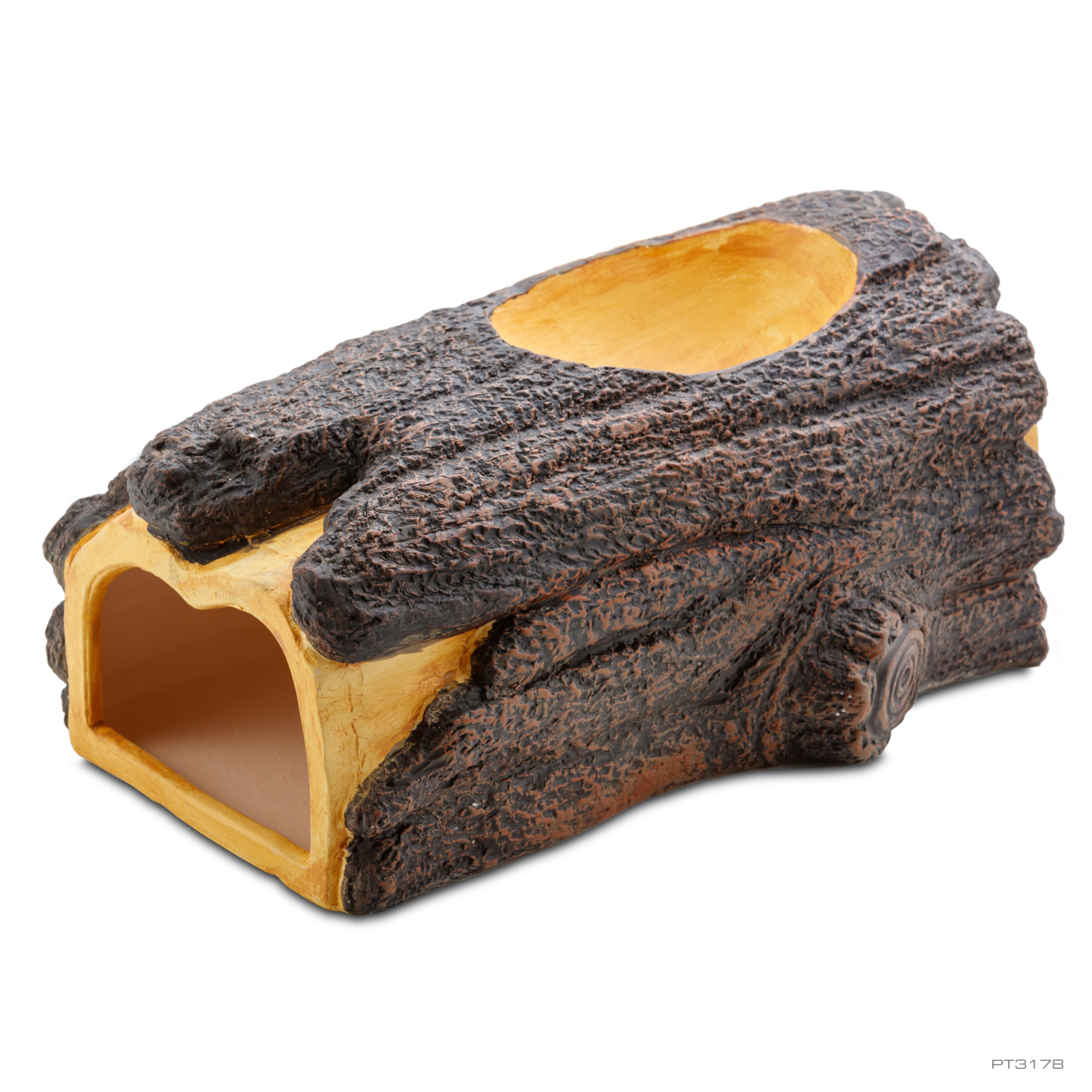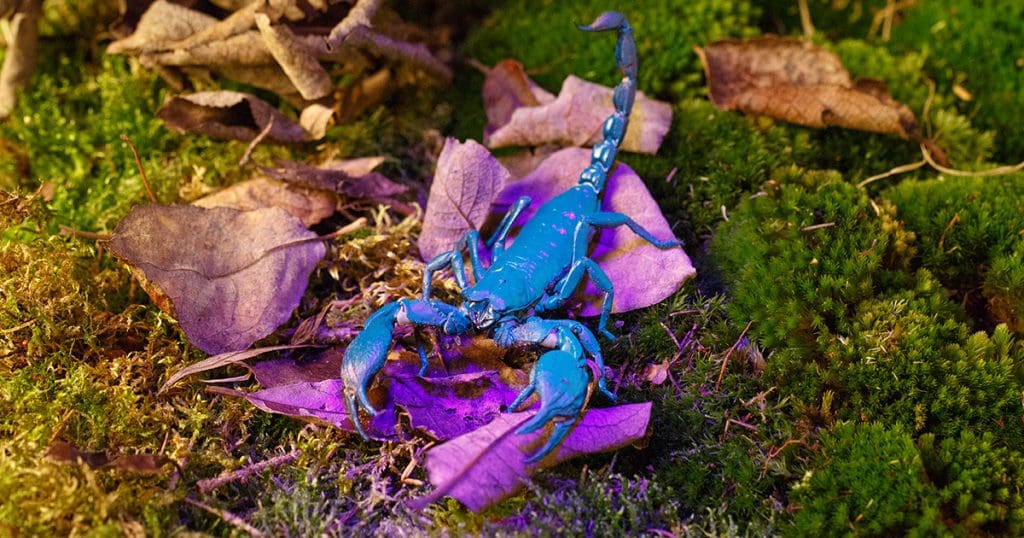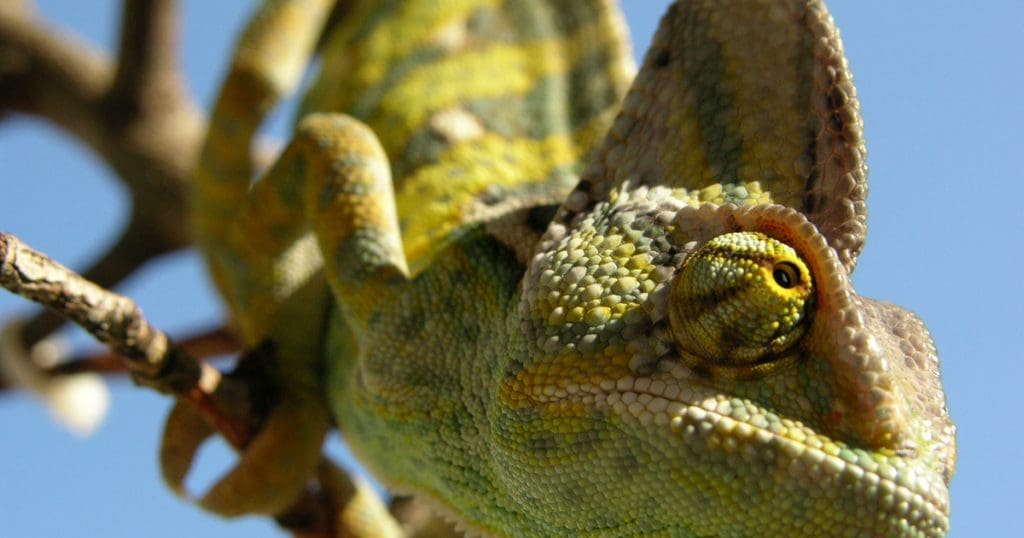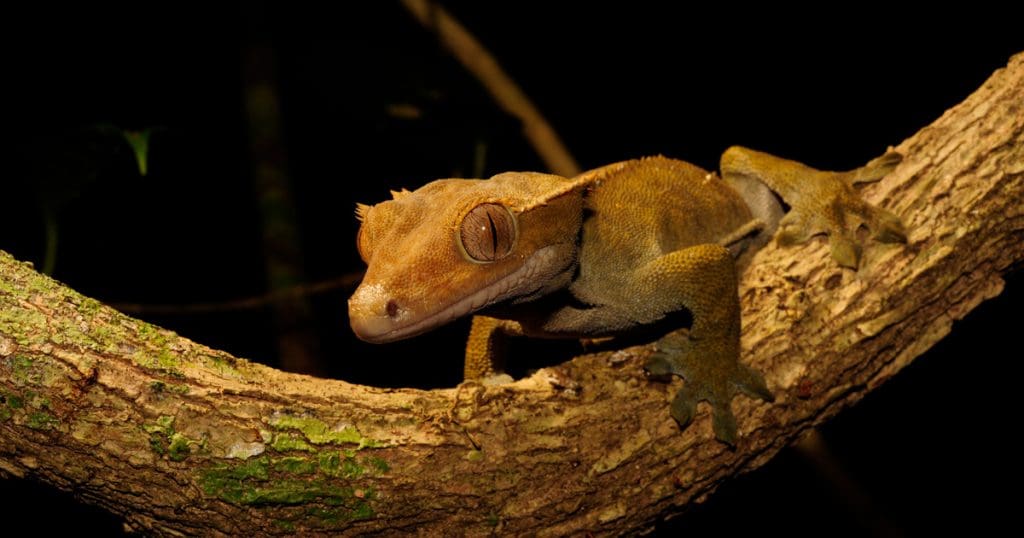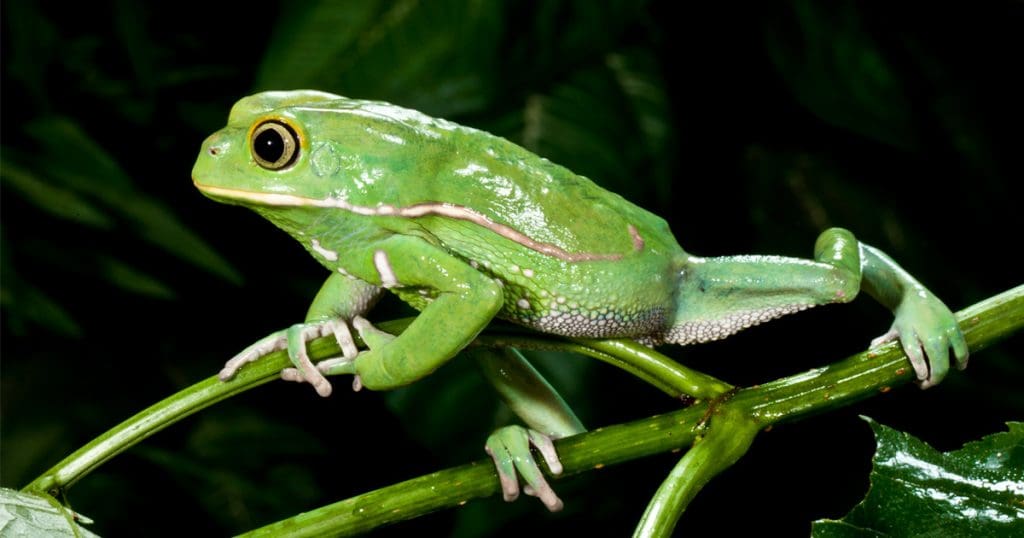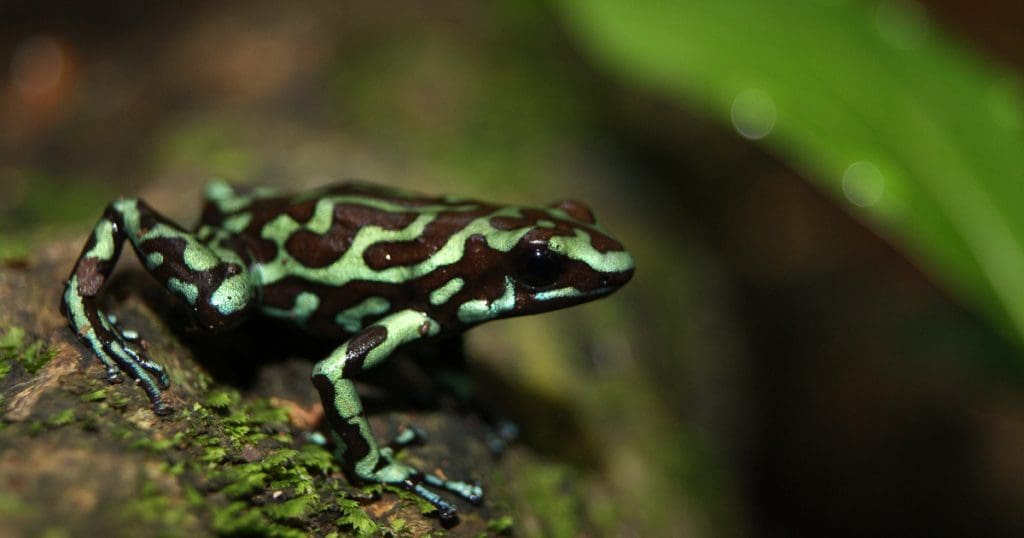
Grammostola rosea
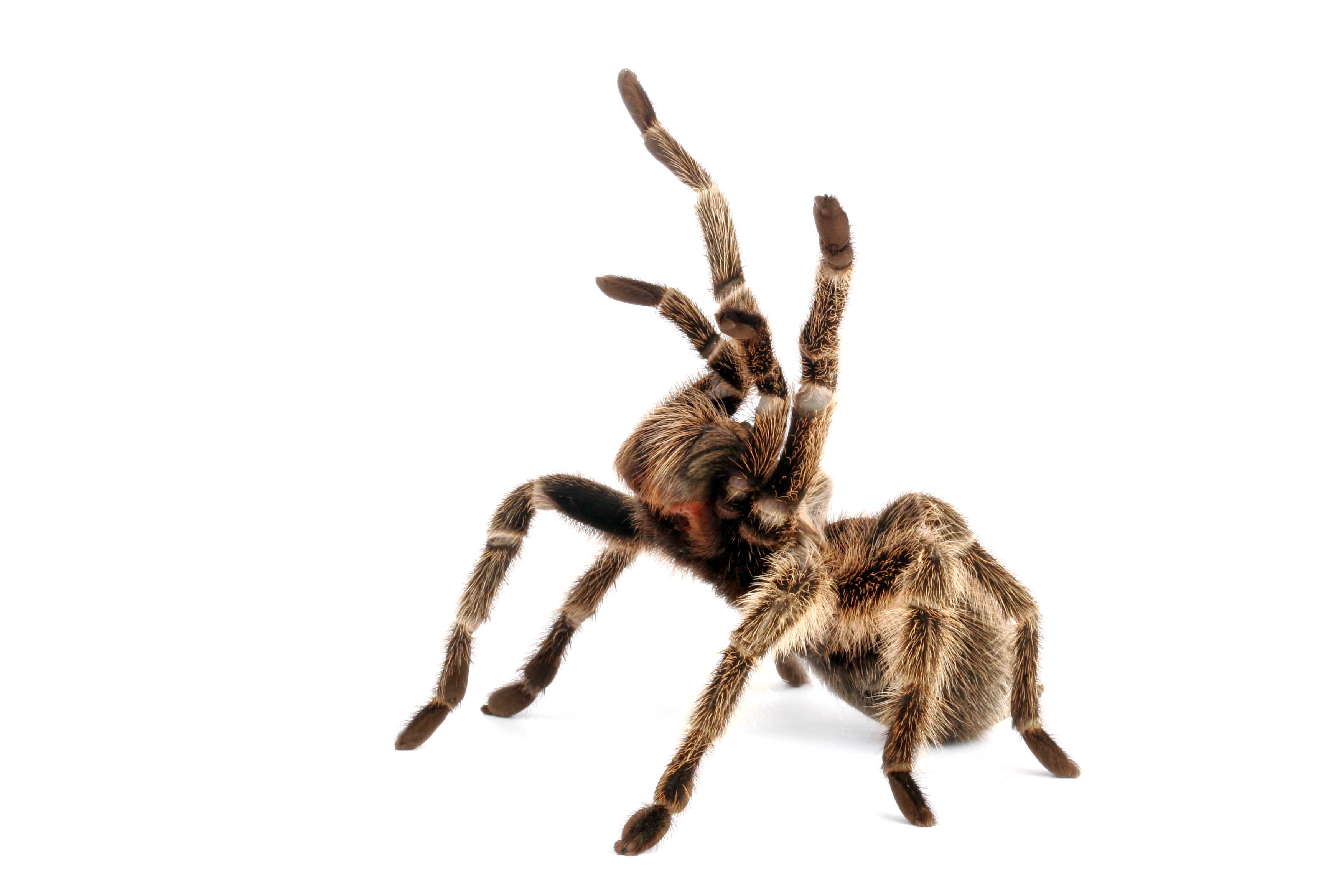

Chilean Rose Tarantula
The docile temperament of the Chilean Rose Tarantula, combined with its stunning visual appeal, and easy-to-care-for nature, makes it a favorite among those new to tarantula keeping. What's more, the Chilean Rose Tarantula is an inexpensive choice, and the availability of captive-bred specimens ensures that prospective keepers can acquire them without breaking the bank. Their affordability, along with their captivating beauty and easygoing nature, has cemented their status as a go-to choice for those entering the world of Tarantula keeping.
The natural range of the Chilean Rose Tarantula extends throughout the northern and central regions of Chile, which is situated along the western edge of South America. This arachnid has adapted to the dry and arid environments of the Atacama Desert, which is one of the driest places on Earth.
In the wild, these spiders lead a relatively solitary life. They create safe havens by digging burrows into the sandy soil. The burrows serve two purposes: they protect them from predators and regulate their body temperature in extreme weather conditions.

History
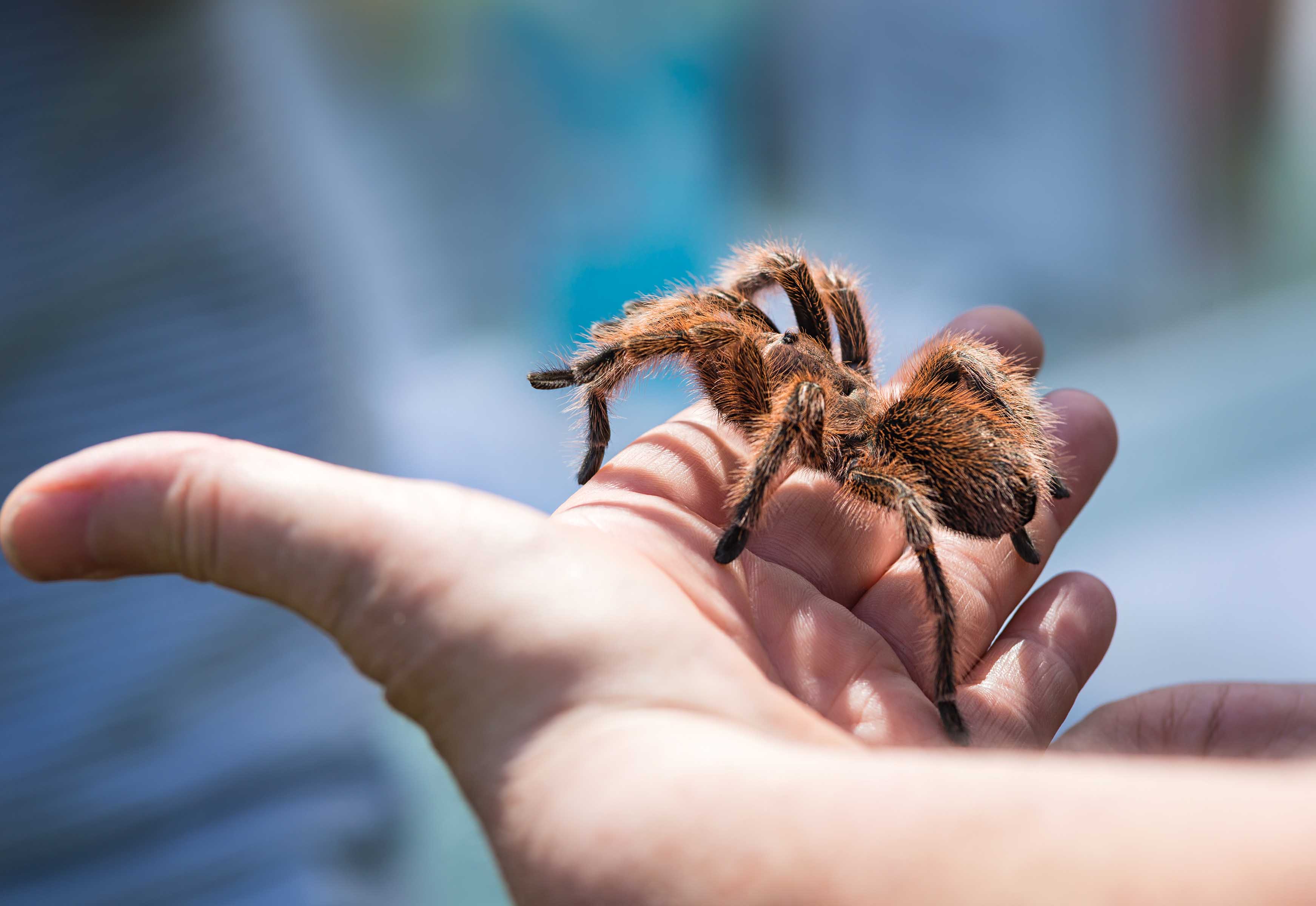
The history of the Chilean Rose Tarantula is one intertwined with the timeless curiosity of humanity toward the natural world. This elegant arachnid was first introduced to the world of science by the French arachnologist and entomologist Charles Athanase Walckenaer in 1837. Walckenaer's astute observations and meticulous descriptions unveiled the unique charm of the Chilean Rose Tarantula, earning it a prominent place in the annals of arachnology.
The name "rose" that adorns this tarantula is a nod to the delightful pinkish or rosy hue that often embellishes its carapace and legs, making it one of the most visually striking and alluring tarantulas in the terrarium world. This distinctively rosy appearance has, over the years, not only intrigued scientific minds but also captured the imaginations of invertebrate enthusiasts, sparking a fascination that continues to grow.
Characteristics
Tarantulas are a group of large and often hairy spiders belonging to the family Theraphosidae. Several other members of the same infraorder (Mygalomorphae) are also commonly referred to as "tarantulas", while in essence, they are not true tarantulas.
The females of the Chilean Rose Tarantula are typically larger than males, as is the case with many tarantulas. Adult females can reach a leg span of 4 to 5 inches, while males are generally smaller, with a leg span of 3 to 4 inches. Its most striking feature is the pinkish or rose-colored hairs that adorn its body, giving it a distinctive and appealing appearance. The carapace, legs, and abdomen are covered in these fine, delicate hairs, which give it a velvety, almost plush-like appearance.
One of the notable characteristics of the Chilean Rose Tarantula is its calm and docile temperament. This species is known for being relatively gentle and less prone to aggression compared to some other tarantula species. They do not exhibit sudden bursts of speed or aggression that are often associated with tarantulas, which makes them an excellent choice for those new to the world of tarantula husbandry. While each tarantula can have its own personality, many enthusiasts find the Chilean Rose Tarantula to be a good choice for those new to tarantula keeping.
Male Chilean Rose Tarantulas typically have a shorter lifespan compared to females. They tend to live for about 5 to 7 years on average. Males mature more quickly and have a specific life cycle primarily centered around reproduction. Female Chilean Rose Tarantulas generally enjoy a longer lifespan. They can live for an extended period, often reaching 15 to 20 years or more in captivity. The longevity of females is notably longer because they do not undergo the same rapid aging and biological changes that males experience after reaching maturity. It's important to note that these are average lifespans, and individual tarantulas may live longer or shorter lives. Proper care, including a suitable terrarium environment, appropriate nutrition, and a stress-free existence, can contribute to a longer and healthier life for your Chilean Rose Tarantula.
Distribution
The natural range of the Chilean Rose Tarantula extends throughout the northern and central regions of Chile, which is situated along the western edge of South America. These arachnids have adapted to the dry and arid environments of the Atacama Desert, which is one of the driest places on Earth.
The species is primarily associated with its native range in Chile. While it is not typically found in Bolivia and Argentina, some taxonomic and distribution-related considerations may lead to occasional confusion.
In the Wild
In their native habitat, Chilean Rose Tarantulas lead a relatively solitary and sedentary life. They can be found in burrows, which they dig into the sandy soil. Here, they spend much of their time, waiting for prey to come their way. The burrow not only offers a safe retreat but also helps regulate temperature and humidity levels.
Chilean Rose Tarantulas are primarily nocturnal creatures. By avoiding the scorching heat of the day, they reduce the risk of desiccation and overheating, both of which can be lethal in such an arid environment. Their preference for nighttime activity aligns with the presence of nocturnal prey, which they hunt during the cooler and more favorable conditions of the night. This nocturnal behavior is an adaptation to the extreme daytime temperatures and arid conditions of the Atacama Desert, where they originate.
These tarantulas are opportunistic predators, and they often ambush their prey when it comes near their burrows. When night falls and nocturnal insects and other small invertebrates become active, the tarantula emerges from its burrow and waits at the entrance. When unsuspecting prey ventures near, the tarantula seizes the opportunity to capture its meal. While they are not particularly aggressive towards larger creatures, they can deliver a venomous bite when provoked or threatened.
Like all tarantulas, the Chilean Rose Tarantula undergoes molting, a process essential for growth and development. During the molting process, they shed their exoskeleton, revealing a new, soft exoskeleton beneath. This is a vulnerable period for the tarantula as the new exoskeleton hardens, leaving them temporarily defenseless. As a result, they tend to remain secluded in their burrows during this time to reduce the risk of predation.

In the Terrarium
Chilean Rose Tarantulas exhibit primarily nocturnal behavior, which means they are most active during the night. In the terrarium setting, it's important to provide a consistent day-night cycle to replicate their natural behavior. By respecting their nocturnal tendencies, you minimize their stress and provide an environment where they can thrive.
These tarantulas are terrestrial in their natural habitat: they construct burrows in the sandy soil, which serve as both a retreat and an ambush site. In the terrarium, it's essential to provide a substrate that allows them to express their natural burrowing behavior.
Being typically solitary creatures, it is generally recommended to keep Chilean Rose Tarantulas individually in separate terrariums. Housing multiple individuals in the same enclosure can lead to stress, competition for resources, potential aggression and even cannibalism. Each tarantula should have its own appropriately sized terrarium.
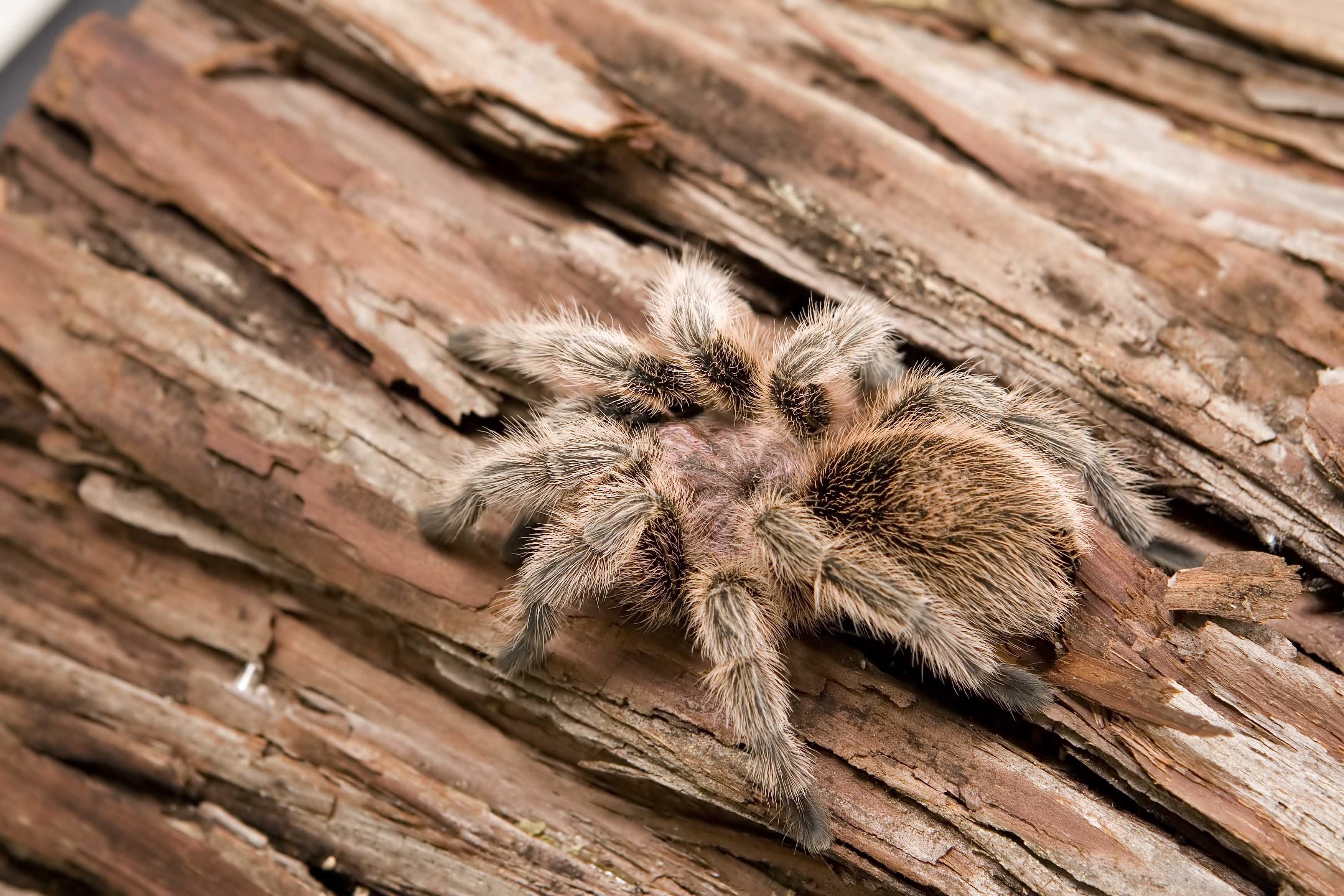
Terrarium
A glass or plastic terrarium with a secure lid or mesh top is an ideal choice. For adult Chilean Rose Tarantulas, a 5-10 gallon (approximately 20-40 liters) terrarium is typically sufficient. A good rule of thumb is to provide a terrarium that is at least three times the tarantula's leg span in length and width. The height of the enclosure is less important: Chilean Rose Tarantulas are not built for climbing like arboreal tarantulas, which have specialized adaptations such as longer legs and more robust claws for gripping onto surfaces. In tall enclosures, the risk of your tarantula falling and injuring itself increases, as they are not equipped to navigate vertically. Smaller enclosures can be used for spiderlings and juveniles, with gradual upgrades as they grow.
Glass terrariums, often used for reptiles and other small pets, are commonly employed for tarantulas. They offer excellent visibility, allowing you to observe your pet, and come in various sizes to accommodate different tarantula species. A secure, tight-fitting lid is essential to prevent escapes, as tarantulas are known to be surprisingly agile climbers. Front-opening terrariums provide easy access while minimizing disturbance to the tarantula.
Exo Terra® Natural Terrariums, designed by European herpetologists, offer several housing options for Chilean Rose Tarantulas. These glass terrariums feature front-opening doors, allowing easy access for maintenance and feeding, and a unique double ventilation system with full-screen stainless steel top. The full-screen top ventilation allows excellent light penetration and is completely removable for easy access while decorating or cleaning. In the back of the screen cover are 5 closable wire or tube inlets on both sides to facilitate the installation of powered accessories. The Exo Terra Natural Terrariums feature easy-twist screen cover locks and a specifically designed door lock to prevent escape.
The Exo Terra® Natural Terrariums Mini/Wide, Small/Low, and Small/Wide have good ventilation and adequate floor space to house a single adult Chilean Rose Tarantula. You can opt for a bioactive setup or a simpler one consisting of an Exo Terra® Mini/Wide Terrarium with a mix of Exo Terra® Plantation Soil and Forest Moss as a substrate, an Invertebrate Water Dish, and Glow Mushrooms, or any other decorative Exo Terra® hide-out.
Transparent plastic enclosures can also be suitable for tarantulas. These enclosures are lightweight, easy to clean, and provide good visibility. Ensure that the plastic used is non-toxic and sturdy enough to prevent escapes. The Exo Terra Faunariums and Breeding Boxes come in different sizes and are both suitable options to house adults or juveniles.
Lighting
Lighting considerations for Chilean Rose Tarantulas are relatively straightforward, as these nocturnal tarantulas do not have specific lighting requirements typical of diurnal reptiles or amphibians. Instead, their lighting needs are minimal, with an emphasis on simulating a natural day-night cycle. A consistent day-night cycle helps your tarantula maintain its natural circadian rhythm and minimizes stress. Avoid sudden changes in lighting patterns, and provide them with a stable and predictable environment, beneficial for their natural behavior.
Chilean Rose Tarantulas are sensitive to light, especially sudden, intense lighting. Bright lights can startle or stress them. Therefore, it's best to avoid using strong, direct lighting sources, such as spotlights. Instead, opt for softer lighting like the Exo Terra®'s Natural Light, Day & Night LED, the adjustable TerraSky, or the Forest Canopy LED.
To observe your animals during the night, several lighting options are available. The Exo Terra® Full Moon simulates natural moonlight in your terrarium. The Full Moon is a LED fixture that mimics a moonlight shimmer which enables you to observe your animals at night without disturbing their natural behavior. The Exo Terra® Scorpion Light LED fixture provides a soft ultraviolet light, similar to the UV rays reflected by the moon’s surface. Ultraviolet light makes certain scorpions, spiders, and insects glow in the dark, and it will light up certain spider webs and instigate spider mating behavior. For screw-base fixtures on the other hand, there is the Exo Terra Moonlight UVA LED bulb which provides a soft ultraviolet light, similar to that of the Scorpion Light.
Heating
Monitoring
During the day, an average relative humidity of 55-65% and terrarium temperature of 70-80°F or 21-27°C should be maintained. At night, humidity can rise to about 80% while the terrarium temperature can drop to 64-72°F or 18-22°C. Use the Exo Terra® Digital or Analog Thermometers and Hygrometers to help you monitor the terrarium conditions and adjust the temperature and relative humidity to meet the needs of the animals.
For more security and peace of mind, the Exo Terra® Thermostats or Thermostat & Hygrostat will help to prevent overheating and undercooling during hot summer days or cold winter nights. Apart from the temperature, the Exo Terra® Thermostat & Hygrostat will also keep the humidity at the desired level, if used in combination with an Exo Terra® Humidifier or Fogger. With the Exo Terra® Thermostats or Thermostat & Hygrostat, you can create a well-controlled heating/humidifying system that allows you to maintain the required temperature and/or humidity conditions similar to those found in your animal's environment.
Substrates
Select an appropriate substrate to mimic the natural environment of Chilean Rose Tarantulas. A suitable substrate mix often consists of Exo Terra® Forest Moss and Plantation Soil. This mixture retains moisture, making it ideal for burrowing. The depth of the substrate should be enough to allow your tarantula to burrow comfortably and create a secure retreat. A layer of approximately 3-4 inches is a good starting point.
A top layer of Exo Terra® Equatorial Forest Floor or Forest Moss will facilitate the substrate's moisture retention and prevent it from drying out. The Ardisia leaves or forest moss will provide hiding spots and at the same time, facilitate the natural ecosystem where beneficial organisms will break down waste products and thus reduce odors. For the bottom layer, which will serve as the main burrowing substrate, use Exo Terra® Plantation Soil or a mixture of Plantation Soil with Exo Terra® Forest Moss. The Exo Terra® substrates will help maintain the substrate moisture at an optimal level. They are totally safe for use with frogs, salamanders, invertebrates and any other burrowing or digging animals.
The Exo Terra® Equatorial Forest Floor is a multi-layer substrate that allows you to recreate the forest floor as found in natural equatorial forests. The Equatorial Forest Floor provides a base layer and a top layer. The base layer consists of rich organic matter from ground coconut husk fibre. It is a 100% natural, ecological and biodegradable substrate with great hygroscopic properties. The top layer consists of sun-dried decorative Ardisia leaves from a sustainable resource. The top layer covers the actual substrate underneath to facilitate its moisture retention and prevent the soil from drying out.
The Exo Terra® Forest Moss is real compressed moss grown in tropical Asia and does not contain any dyes or chemicals. This ecological substrate is extremely absorbent and ideal for increasing humidity in the terrarium.
The Exo Terra® Plantation Soil is a 100% natural, biodegradable terrarium substrate made from sustainable, ground coconut husk fiber grown on plantations in tropical Asia. The excellent hygroscopic properties of this ecological substrate regulate the terrarium’s humidity in a natural way. The unique coir pith used for the Exo Terra® Plantation Soil consists of a mixture of short fibers and coco-peat grain sizes ranging from coarse granules to fine clumps resulting in improved soil drainage and aeration. The improved aeration of the substrate promotes the cultivation of healthy waste-reducing organisms keeping your terrarium fresh and clean.
Make sure to offer different gradients of moisture inside the terrarium. One side of the enclosure should be kept a bit moist while the other part is kept dry.
Plants
Including plants in your Chilean Rose Tarantulas terrarium not only enriches the environment but also contributes to a more visually appealing enclosure. A combination of live plants and Exo Terra®'s artificial plants allows you to fully plant a terrarium, even in the hotter and drier parts.
Carefully selected live plants can thrive in terrarium conditions and provide added natural beauty without posing risks to your tarantula. Remember to monitor the plants' condition and adjust care as necessary to ensure their well-being and longevity in the terrarium. Many hobbyists choose to introduce live plants in pots that are buried in the substrate and concealed with decor items, like cork bark or rocks. The Exo Terra® Snake Bowl can be used as a decorative planting pot. Its extra deep design makes it suitable for small to medium live terrarium plants.
DISCLAIMER Make sure the plants have no pests before introduction and rinse leaves thoroughly to remove any pesticide residues.
Exo Terra® offers a wide range of artificial plants with the same advantages as live plants; they're decorative, they provide shade, and they create hiding spots and visual barriers to let your spider experience an increased feeling of safety and reduced stress. Exo Terra®'s artificial plants are exact copies of their natural counterparts to blend in well with live plants but are much easier to maintain.
Another great addition to the terrarium display is natural branches like the Exo Terra® Forest Branches. Depending on how they are positioned inside the terrarium, branches will offer hiding and/or climbing options.
Hide Outs
Since Chilean Rose Tarantulas are terrestrial, the ideal hide-out is a ground-level cave. Offer multiple hiding spots on both the more humid and the dry part of the enclosure. Exo Terra® offers various forms of hide-outs to match everyone’s taste, but the main goal is always to provide a safe refuge for your Tarantula to hide and sleep during daylight hours. Whether you like the more natural-looking Reptile Caves, or you prefer the Glow Mushrooms, Skulls, or other designs, always make sure that the moisture inside at least one of the hides is somewhat higher (60-70%) than the average humidity in the terrarium.
Decor
Landscaping a terrarium will encourage activity and exploratory behaviors. Next to the necessary items like plants, vines, and hide-outs - the terrarium can be “beautified” with some additional decor items. Add some natural elements like leaf litter, twigs, and rocks to replicate the spider's natural habitat. Care however needs to be given to not over-clutter the open space in the terrarium.
Exo Terra® offers a wide variety of innovative decor items like Skulls, Waterfalls, Ground Plants, etc - all of which add next to personalizing accents, some more environment enrichment and features.
Nutrition
Feed your adult Tarantula every 1-2 weeks, offering a variety of gut-loaded prey items such as crickets, roaches, mealworms, and occasionally small vertebrate prey. Ensure the prey is appropriately sized, not exceeding the size of the tarantula's abdomen. Young tarantulas, known as spiderlings, may need to be fed more frequently. You can offer them prey every few days to promote growth. As the spider grows, you can gradually reduce the frequency to once a week or every 10-14 days. Dust prey items with a calcium and vitamin supplement to ensure proper nutrition.
Properly disposing of uneaten prey is crucial for the health and safety of your pet. Remember to always remove any uneaten prey 24 hours after offering it.
As your tarantula enters the pre-molt phase and shows signs of reduced activity and loss of appetite, it's crucial to stop feeding. At this stage, their digestive system becomes less active, and their exoskeleton starts to separate from their body. Feeding a tarantula in the pre-molt phase can be detrimental. Live prey items may harm your tarantula, and uneaten prey can create an unsanitary environment within the enclosure. During molting, tarantulas are highly vulnerable. They may flip onto their backs to shed their old exoskeleton, leaving their soft, newly revealed exoskeleton exposed. It's essential to provide a quiet and disturbance-free environment during this process to reduce stress on your tarantula.
Water
A shallow Water Dish with clean, dechlorinated water should be available at all times. Exo Terra® Water Dishes have a natural appearance and allow for easy cleaning and disinfection. Invertebrates can easily escape out of the Water Dish with the ‘safety steps’ inside the bowl. The Exo Terra® Invertebrate Water Dish is equipped with a precisely fitting sponge, which will effectively eliminate the risk of drowning for even the smallest insects and invertebrates.
Always treat tap water with Exo Terra® Aquatize to remove harmful heavy metals, chlorine and chloramines, necessary to provide safe healthy water.
Maintenance
Daily routine:
1. Check the overall well-being of your animals, are they agile, did they lose weight, etc.
2. Check the terrarium temperatures & humidity
3. Clean the Water Dish thoroughly and provide clean fresh water
4. Spot-clean the terrarium; remove faeces and soiled substrate, dead insects and uneaten food to prevent harmful bacteria from building up
Weekly routine:
1. Remove and clean hard surfaces if soiled
2. If live plants are used in the terrarium, water these once a week
3. Clean the inside glass and decoration with plain water to remove any waste matter. The outside (NEVER the inside) glass can be cleaned with a paper towel and window cleaner
For a more thorough cleaning, remove all the decor pieces and clean these with warm water. Always keep a keen eye on the substrate; as long as the substrate is not degrading or does not have a foul odor, the spot-cleaning process is sufficient. Once the substrate starts to degrade or spreads a foul odor, it needs to be replaced completely.
Breeding
Breeding Chilean Rose Tarantulas can be a complex endeavor and is generally recommended for experienced tarantula keepers. It involves introducing a mature male to a receptive female. The process can be delicate, as males must approach the females carefully to avoid becoming a meal themselves. Ensure that both tarantulas are well-fed and in good condition before initiating the breeding process.
Mature males have bulbous palpal bulbs (located at the end of their pedipalps), which they use to transfer sperm to the female during mating. These bulbs are conspicuous and easily visible. Mature females are typically larger than males and have a stockier appearance. Their abdomen tends to be plump, indicating the presence of eggs or embryos.
Carefully introduce the male into the breeding enclosure of the female. Males can be territorial, and there is a possibility of aggression. Be prepared to separate them if aggression occurs. Courtship is a crucial phase in tarantula breeding, and it involves a series of intricate behaviors and signals exchanged between the male and female. These behaviors can include tapping, drumming, and leg waving. The male needs to successfully approach the female and insert his sperm into her genital opening. Monitor the courtship closely, but do not intervene unless it's clear that serious aggression is taking place. Mating can be a delicate process, and interference may disrupt it. Once mating has occurred, it is advisable to separate the male from the female to prevent potential aggression and ensure his safety. If successful, the female may produce an egg sac, which she will guard diligently.
Once the spiderlings emerge, they will require appropriate care. This includes providing smaller enclosures, appropriate prey, and suitable substrate. Be prepared to separate the spiderlings, as tarantula spiderlings may exhibit cannibalistic behavior. Spiderlings should be fed prey every few days to promote growth.
Handling
While handling any tarantula should be approached with caution, the Chilean Rose Tarantula is generally more tolerant of gentle handling compared to other tarantula species. However, it's crucial to remember that individual temperaments can vary. Some may be calmer and more tolerant of handling, while others may become stressed, defensive, or even bite if they feel threatened. It's essential to respect the tarantula's behavior and mood. Their bite is not considered medically significant for humans, but it can cause irritation.
Tarantulas have limited sensory perception, and they primarily rely on touch and vibrations to perceive their environment. When handling a tarantula, they may interpret your touch as a threat or disturbance. It's important to move slowly and gently to avoid startling the tarantula. Smaller spiderlings or juveniles may be more fragile and vulnerable to injury, so handling them is riskier. It's generally safer to handle larger, adult tarantulas if you choose to do so. Additionally, male tarantulas tend to be more active and skittish, while females are often calmer.
If you decide to handle your Tarantula, follow these steps for safe handling:
Wash your hands thoroughly before and after handling to avoid transmitting bacteria or pathogens to the tarantula.
Handle the tarantula close to the ground and over a soft surface to minimize the risk of injury in case it falls.
Use a gentle, cupping motion to pick up the tarantula. Do not pinch or grasp it, as this can cause injury.
Avoid sudden movements, loud noises, or vibrations that may startle the tarantula.
Keep handling sessions brief, typically lasting just a few minutes.
We recommend reserving handling for essential maintenance tasks, such as enclosure cleaning, to limit stress. Always exercise caution when handling.

Conclusion
Understanding their natural history and creating a suitable terrarium environment is key to providing a happy and healthy life for these remarkable arachnids. With proper care, a Chilean Rose Tarantula can thrive in captivity, allowing you to witness their unique behaviors and enjoy the beauty of this iconic tarantula species.
What makes the Chilean Rose Tarantula even more appealing is its reputation as an ideal choice for those entering the world of tarantula keeping. Their relatively docile nature and straightforward care requirements make them a welcoming choice for beginners, serving as a gentle introduction to the captivating world of arachnids. Furthermore, these tarantulas have become an integral part of the global terrarium community, with captive-bred specimens now widely available, making healthy and well-adjusted tarantulas accessible to enthusiasts around the world. The affordability and availability in the market make them a great choice for those who want to embark on a fascinating journey of tarantula keeping.
So, if you're looking for an arachnid companion that's as charming as it is low-maintenance, the Chilean Rose Tarantula may be the perfect choice for you.

Did You Know?
While they are often called the "rose-haired" tarantula, their actual coloration can vary from pink to reddish-brown, with some individuals exhibiting more vibrant colors.
In the wild, they can withstand periods of drought by sealing themselves within their burrows and entering a state of dormancy until conditions improve.
When agitated, Chilean Rose Tarantulas may engage in a fascinating behavior known as abdominal flicking. They rub their hind legs against the abdomen to release urticating hairs as a defense mechanism.
Breeding can be a perilous endeavor for male Chilean Rose Tarantulas. In some cases, the female may become aggressive and cannibalize the male after mating.
Tips
The Exo Terra® Cricket Pen is ideal for housing, keeping, and dispensing live crickets. To keep your crickets alive longer “gut load” or provide a slice of apple for food!
Use the Exo Terra® Terrarium Cleaner & Deodorizer to clean water dishes and decor items. It removes organic stains and odors, without any risk to your spider.
Stubborn calcium deposits from misting can be easily removed using the Exo Terra® Terrarium Glass Cleaner. The Glass Cleaner’s non-toxic gel formula easily removes calcium and lime stains from the terrarium glass.
Providing well-balanced, moderate lighting, by using the Exo Terra® Day & Night LED or the Exo Terra® TerraSky with the appropriate dimming setting will contribute to your spider's physiological well-being and stimulate mating behavior. The soft moonlight, provided by Exo Terra®'s TerraSky, Full Moon, Moonlight or Day & Night LED allows you to observe your spider at night.
Frequently Asked Questions
Is a Chilean Rose Tarantulas the right choice for me?
Yes, they are often recommended as a good choice for novice tarantula keepers due to their docile nature and ease of care.
Can I feed my Tarantula wild-caught insects?
We do not recommend feeding wild-caught insects as these can harbor harmful bacteria. They may also have come in contact with gardening chemicals, making them poisonous for your Tarantula.
Are Chilean Rose Tarantulas dangerous to handle?
Handling any tarantula should be approached with caution, but the Chilean Rose Tarantula is generally more tolerant of gentle handling compared to other tarantula species. It should be kept to a minimum due to the risk of injury to the tarantula.
Can I keep multiple Chilean Rose Tarantulas together in one enclosure?
It's not recommended to house multiple Chilean Rose Tarantulas together, as they are solitary creatures and may become territorial, aggressive and even cannibalistic toward one another.
How can I tell the gender of my tarantula?
Males often have swollen pedipalps at maturity, while females are typically larger and have a stockier appearance.

Other species
Pandinus imperator
The Emperor Scorpion, scientifically known as Pandinus imperator, is one of the most recognizable arachnids in the world of terrarium invertebrates. Being one of the largest scorpion species, their impressive size and striking appearance have fascinated many arachnid enthusiasts.
Emperor Scorpions are indigenous to the tropical rainforests and savannas of West Africa. Their habitat includes countries such as Ghana, Togo, Benin, Nigeria, Cameroon, and the Ivory Coast. They are usually found in leaf litter and burrows, where they seek shelter from the bright sun and heat of the African day.
While Emperor Scorpions are typically solitary in the wild, some experienced keepers have managed to house them together. However, it's crucial to note that aggression and stress can arise in group settings, so it's recommended to keep them individually.
Chamaeleo calyptratus
Veiled Chameleons or Yemen Chameleons are native to Yemen and Saudi Arabia. There are also introduced populations in Hawaii (thought to be eradicated but still persisting), California and SE and SW Florida, USA. They primarily prefer montane subtropical to tropical vegetation in the deep valleys (called wadis), in the Hijaz Mountains in Saudi Arabia and Yemen.
Since Yemen is suffering for over a decade of war and is not an easy country to travel to, or to export animals from, it is amazing how this species was established so well in the hobby. One of the first to study this species in nature, as well as establish the captive husbandry guidelines, was the world-renowned herpetologist Petr Necas. He bred tens of thousands of Veiled Chameleons and introduced these to the hobbyists in Europe and the USA. In the meantime, this species has become not only the most readily available chameleon, but also one of the more popular reptile species in general. Due to selective breeding, there are "bloodline" variations of the Veiled Chameleon available that show more yellow/orange or bluer and there's even a partially leucistic color morph available (called translucent in the USA).
Correlophus ciliatus
Crested Geckos (Correlophus ciliatus) are native to the islands of New Caledonia in the southern Pacific Ocean. These Crested Geckos, or Eyelash geckos, get their common names from the distinctive rows of spikes that run over their eyes and down the sides of their heads.
Thought to be extinct for many years, they were rediscovered in 1994, and several animals were brought to Europe and the United States. Soon thereafter, they proved to be very prolific in terrarium. Due to their beauty, easy manageable size, calm temperament, and ease of care in terrarium, these geckos have become one of the most popular reptiles kept as pets.
“One of the great accomplishments of herpetoculturists,” says Philippe de Vosjoli, “was to establish the New Caledonian Crested Gecko in captivity. Twenty years ago, this species was known by hobbyists only in the form of photographs of preserved museum specimens.”
Phyllomedusa sauvagii
Waxy Monkey Tree Frogs are native to the South American rainforests, humid montane forests, and dry forests in the Chacoan region of eastern Bolivia, northern Paraguay, Mato Grosso do Sul of central Brazil, and Northern Argentina. They primarily prefer moist and semi-moist forest habitats but can also cope with drier environments.
They are sometimes referred to as Chacoan Monkey Leaf Frogs as well, because of the Chaco Region they originate from, and because the females lay their eggs on leaves suspended over water, which they then fold to hide the eggs and protect them from drying out.
Waxy Monkey Tree Frogs are hardy, long-lived, docile and “easy-to-care-for” amphibians. Their engaging personalities, their waxy green skin, their adorable smile and big golden eyes make them appealing display animals for both the beginning reptile enthusiast as well as for the advanced hobbyist.
Waxy Monkey Tree Frogs are very tranquil and get accustomed to handling by their caretaker fairly easily. For the well-being of the frogs, however, we do not recommend excessive handling. Waxy Monkey Tree Frogs can be kept individually or in small groups of 2 - 8 animals. The interaction between the animals in these small groups increases the viewing pleasure but also stimulates their mating behavior.
Waxy Monkey Tree Frogs have been captive bred in the USA and Europe for more than 25 years.
Eublepharis macularius
Leopard Geckos are native to Iran, Pakistan, Afghanistan and the North-Western part of India. The Leopard Gecko’s scientific name refers to the fact that these geckos have eyelids, whereas their common name is based on their spotted “leopard-like” color pattern. Young Leopard Geckos show a more banded pattern which over time changes towards a spotted pattern when they become adults.
It is a docile and “easy-to-care” for species that has been captive bred in the USA and Europe for more than 40 years. Their cute smiley faces, their ability to clean their eyes with their tongue and their somewhat clumsy, tail-wiggling movements make them appealing display animals for both the beginning reptile enthusiast as well as for the advanced hobbyist.
Leopard Geckos are a fairly social species and are best enjoyed when kept in small groups of 1 male with up to 5 females. The interaction between the animals in small groups increases the viewing pleasure but also stimulates their natural- and mating behavior.
Leopard Gecko youngsters are readily available and come in a variety of colors & patterns. The list of designer morphs available is extensive and still growing. Where it started with High Yellow, Albino, Striped, Hypo and Hyper, there's now many cool morphs available with appealing names like Godzilla Super Giant, Banana Blizzard, Blazing Blizzard, Enigma, Tangerine, Raptor, Diablo Blanco and many more.
Dendrobates auratus
The green-and-black poison dart frog, or Dendrobates auratus, is a captivating amphibian native to southeastern Nicaragua, Costa Rica, Panama, and northwestern Colombia. Recognizable for its long lifespan, the species is also notable for being relatively easy to care for, making it an appealing choice for hobbyists and researchers alike.
Its vivid mint-green base coloration punctuated with black splotches sets it apart visually. However, this species displays a fascinating trait known as color polymorphism. Individuals can exhibit varying shades, with base colors ranging from green to blue, yellow, and even white. The darker splotches, a characteristic signature of the species, vary from bronze to black.
Just like other poison dart frogs, their bright colors serve a crucial evolutionary purpose. They exhibit aposematic coloration, wherein the vibrant hues deter potential predators by signaling the frog's toxic nature, discouraging them from considering the frog as prey.
Primarily terrestrial, green-and-black poison dart frogs are bottom dwellers, spending most of their time navigating through the leaf litter blanketing the forest floor. However, they frequently venture upwards, climbing vines and trees in their tropical habitats.
These frogs are attractive display animals for beginner and advanced amphibian enthusiasts. Their stunning coloration, coupled with their relative ease of care, make them popular choices for terrarium inhabitants. They are best kept as pairs or in groups with most males, as females may exhibit aggressive behavior towards each other when vying for a specific male's attention.
Initially, these creatures may exhibit shy behavior. However, when housed in a well-planted terrarium offering plenty of hiding spots, they quickly become more active, adding a dynamic element to their display. With their intriguing behaviors, rich color variation, and their adaptability, Dendrobates auratus offer a unique glimpse into the vibrant world of amphibians.
Stay up on all things exo terra.
"*" indicates required fields

